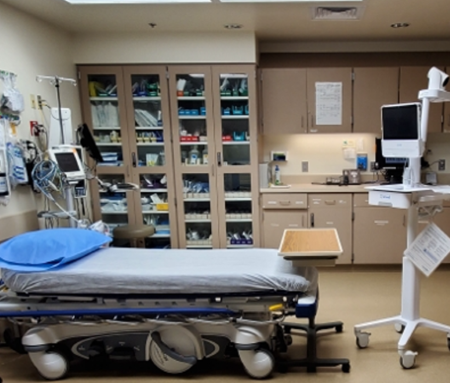Expanding access to emergency care in rural hospitals
Rural hospitals can use telehealth to provide timely emergency care.

People from rural areas are more likely to die from an accident or having a stroke. They also get more injuries from fires compared to those living in urban areas. Providers with special training can use telehealth to assist staff in rural hospitals. This helps treat injuries quickly. In a medical emergency, faster care is critical.
Sanford Health has expanded emergency services through telehealth over many years. Sanford Health works with 32 emergency service locations. These are in rural areas in South Dakota, North Dakota, and Minnesota. This partnership helps rural emergency staff quickly speak with specialists. The specialists provide guidance on treating strokes, burns, and other medical traumas.
When a patient arrives at a rural emergency room, staff promptly respond. They use a virtual care hub to start a live video connection. The virtual hub connects the rural emergency staff to a specialist. This helps increase access and works to prevent avoidable deaths.
Technology is key to the program’s success. The tele-emergency team uses two large monitors. This allows specialists to view patient information from six different sources at the same time. These different pieces of information help the emergency physician identify the best treatment.
The virtual hub connects the rural emergency staff to a specialist.
There are several important lessons that Sanford Health has learned along the way:
- It is important to have a plan for providing care and regular discussions between the rural hospital and virtual care providers.
- Ongoing education is crucial, especially if there is high staff turnover.
- It is best to use a wireless platform that can be plugged into the internet.
"The pandemic boosted virtual care tremendously… We want to [use telehealth to] meet our patients where they are at, providing the right care, at the right time, in the right place."
Sanford Health plans to build on the success of their telehealth projects. The Director of Technology noted: “The pandemic boosted virtual care tremendously… We want to [use telehealth to] meet our patients where they are at, providing the right care, at the right time, in the right place.”
